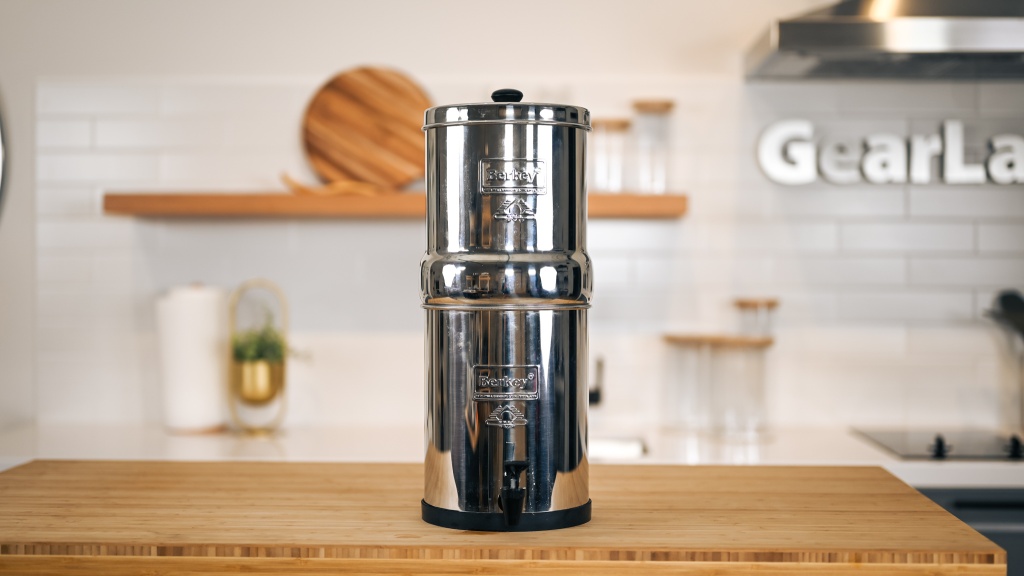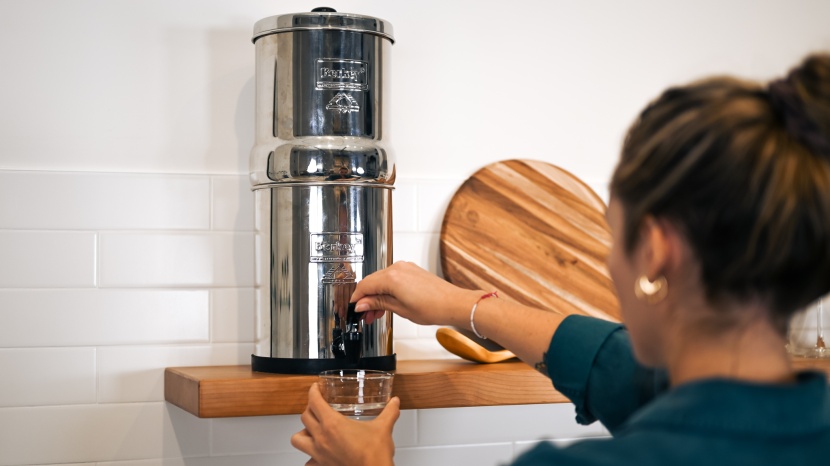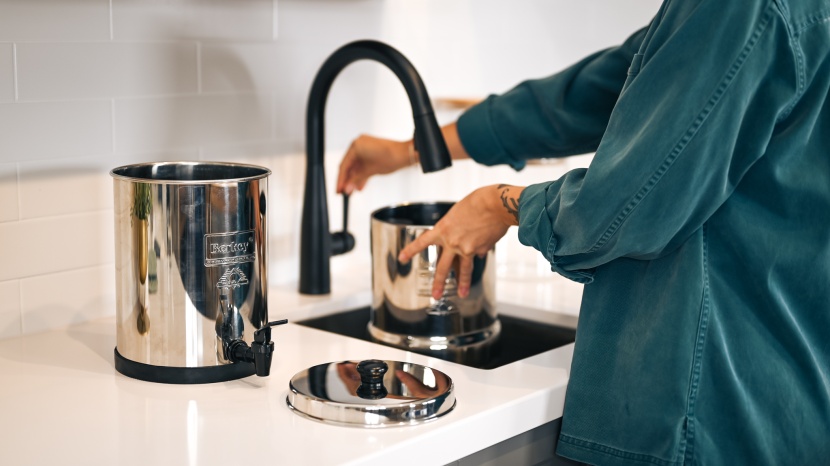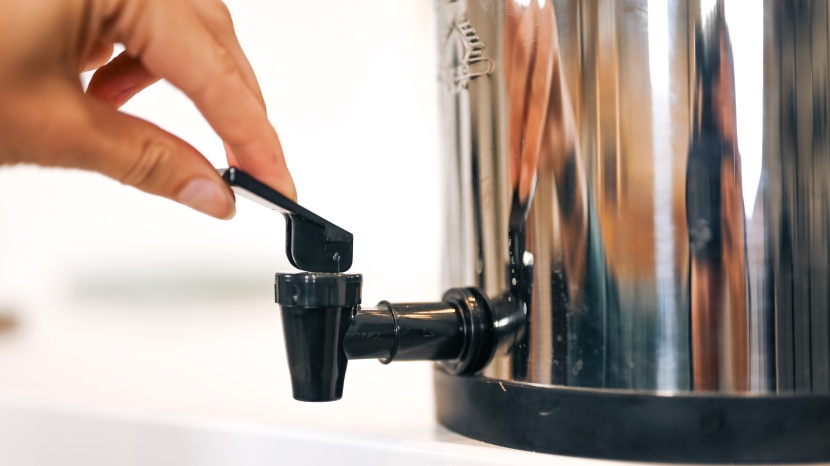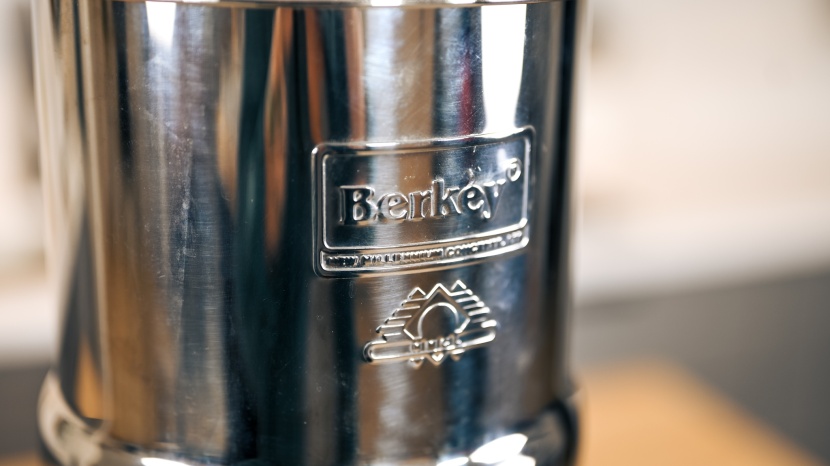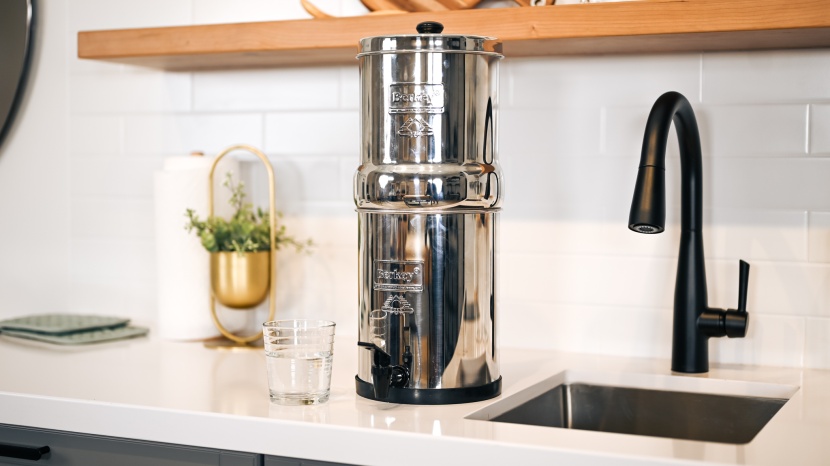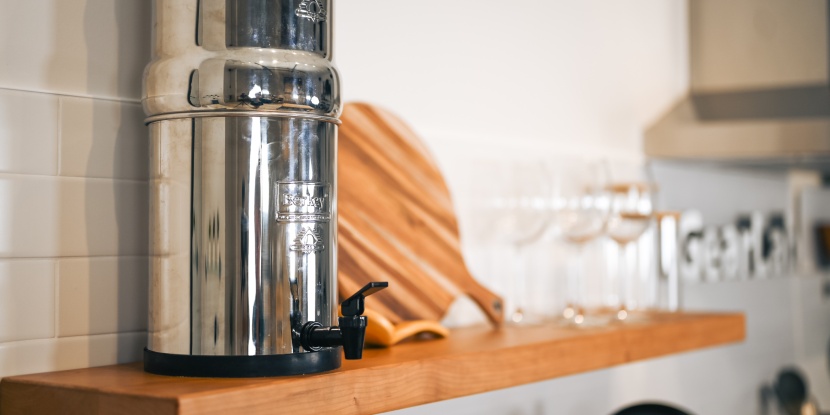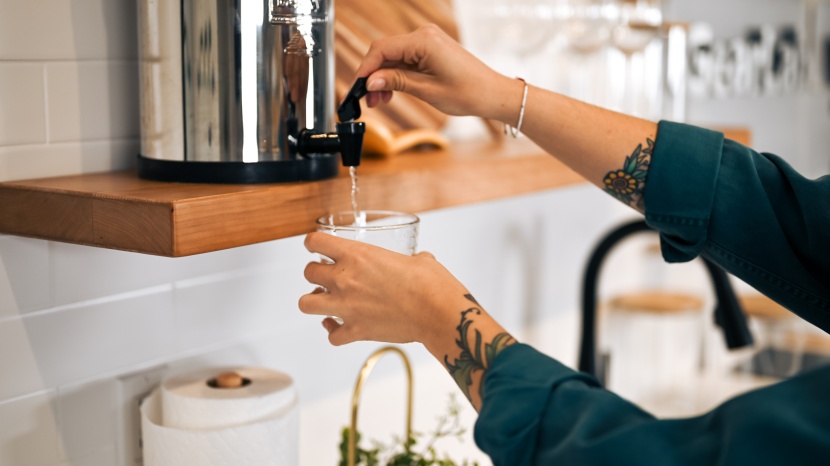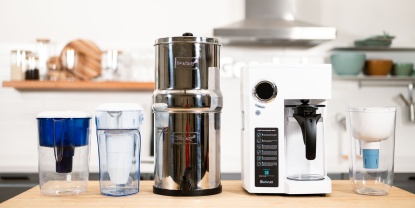Travel Berkey Review
Our Verdict
Our Analysis and Test Results
Lead Removal
For this metric, we purposefully polluted tap water by dissolving lead into hydrogen peroxide and vinegar solution and then ran it through each filter. We then took our tainted water and shipped it off to an analytical water testing lab to determine precisely how much of the toxic substance was removed. This section accounts for 25% of the total score.
The Travel Berkey did exceptionally well in this evaluation. The Environmental Protection Agency considers any water that has a lower lead content than 0.015 ppm to be safe for human consumption. Our tainted water started with 2.3 ppm before we sent it through the Travel Berkey, which filtered out 99.9% of the lead, effectively reducing the ppm to 0.001.
Chlorine Removal
For the next 25% of our overall evaluation, we added chlorine bleach to tap water to get the ppm of our supply sample up to a level of 106. After running the water through the filters, we tested the supposedly purified water with chemical test strips.
The Travel Berkey was one of the stronger models for this section. According to the CDC, chlorine levels of up to 4 ppm are considered to be safe for drinking water. This model easily outperformed these guidelines, as it reduced the level to 1 ppm.
Salt Removal
To evaluate each water filter's ability to remove salt, we began by adding table salt to our local water to raise the ppm to a level of 445. After running the contaminated water through each model, we used a total dissolved solids (TDS) meter to measure the filtered water. There is no standard for salt levels in drinking water, but the EPA recommends that levels be lower than 20 ppm because we consume so much sodium in other food and beverages. The Department of Human Services has a much higher recommendation, stating that sodium levels should remain below 250 ppm. Each filter's efficacy during this evaluation contributes 25% to the overall score.
The Travel Berkey had a tough time removing sodium. It was only able to remove 34.4% of the salt from our tainted water sample, reducing the ppm to 292 — above recommended levels for healthy human consumption.
Taste
For taste testing, we used our in-house testing team as our panel of judges to subjectively score water samples from each filter. We began by filtering our local tap water and then ran some purified water through each model to see if any of them added any unpleasant tastes.
This was another rough metric for the Travel Berkey. Our team determined that the purified water gained some unpleasant tastes after being filtered by this model. After filtering our local tap water with the Travel Berkey, we found that it seemed to taste somewhat salty.
Flow
For the remaining 10% of the overall score, we measured each water filter's flow rate.
The Travel Berkey is not the way to go if you're in a hurry to filter lots of water. This was one of the slowest models we've seen to date — it takes about an hour to filter one gallon of water.
Value
It's hard to see the value in buying the Travel Berkey. There are many top-rated water filters in our review with much better performances that cost a whole lot less. Unless you are enthusiastic about the aesthetic appearance of this model, it likely is not worth the price.
Conclusion
When it comes to removing chlorine and lead, the Travel Berkey earned high marks. It also looks great and is very easy to use. It fell short of the pack in a few key ways. It didn't do well at removing salt, and our panel of judges was not impressed with the taste of water produced by this filter. The real drawback of this model is the price. If you're shopping for a water filter on a tight budget, we highly recommend you go with a different model.



